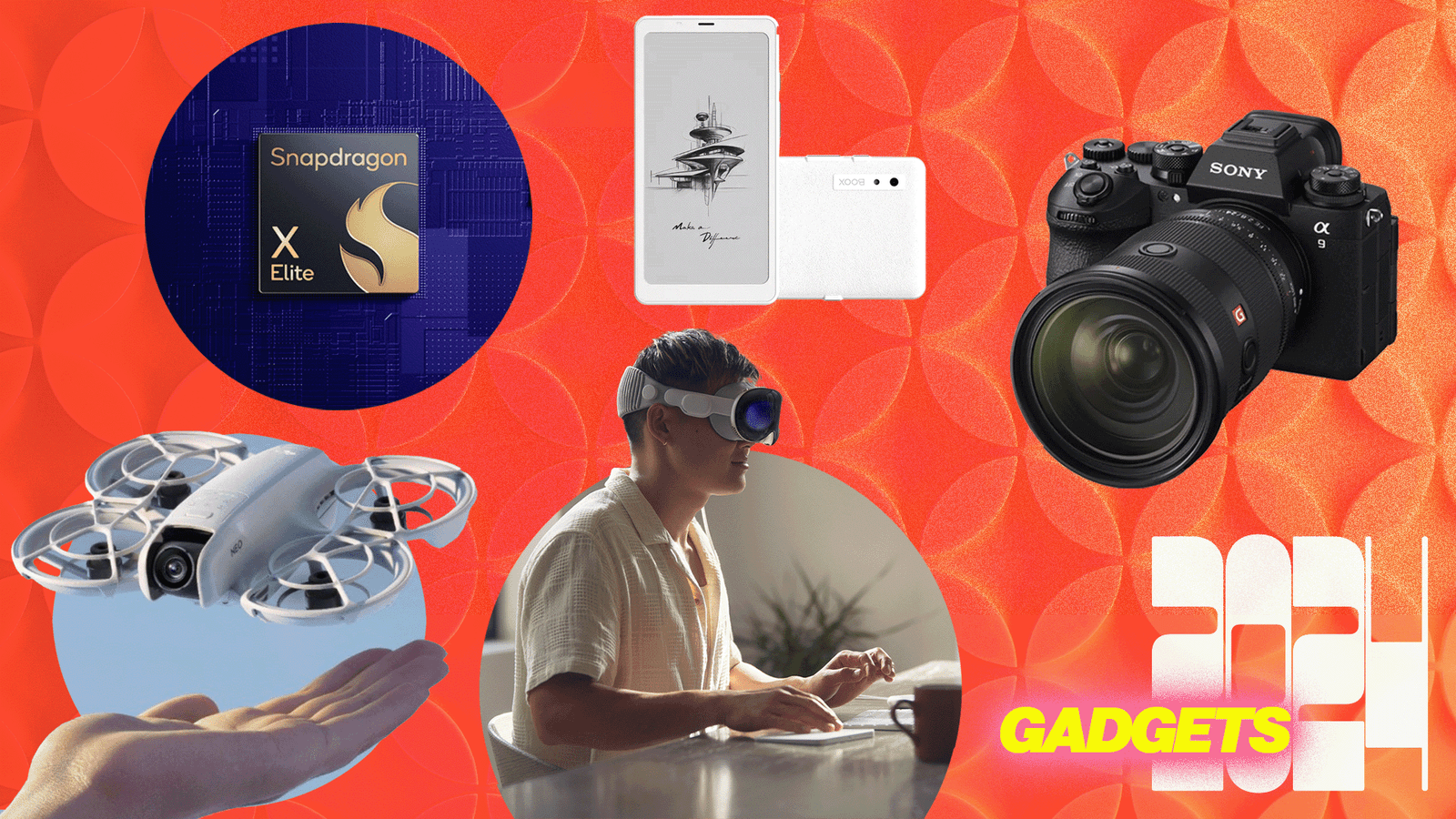At the start of 2024, if you had asked me about our top gadgets list, I would have anticipated a
The 5 greatest gadget innovations of 2024


At the start of 2024, if you had asked me about our top gadgets list, I would have anticipated a